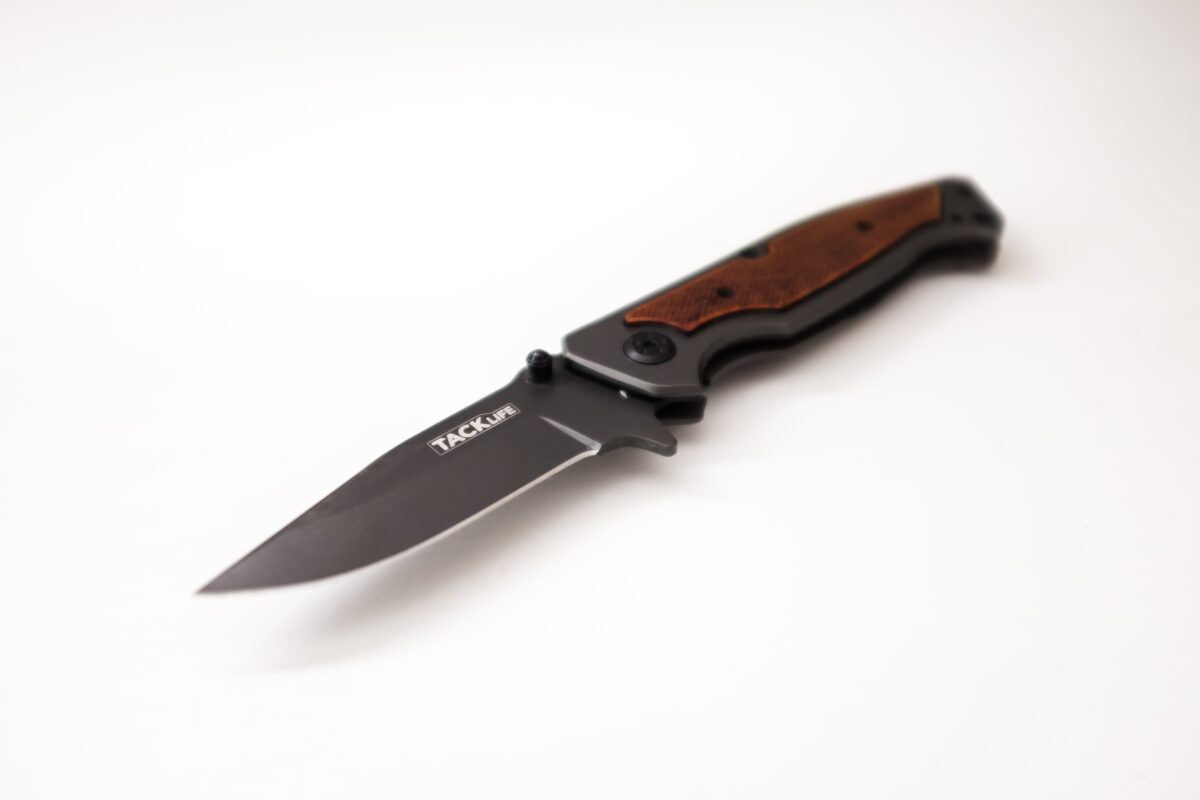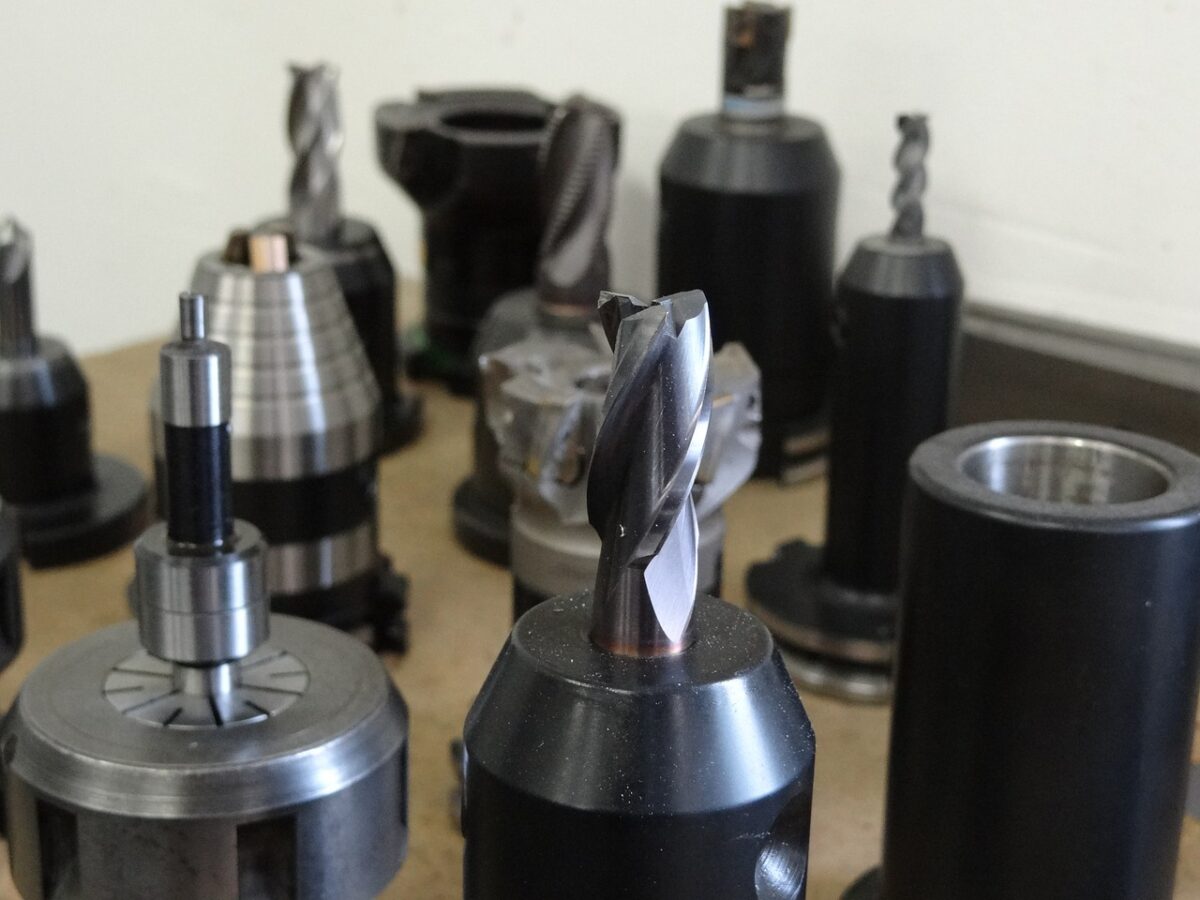Saws are among the best tools for cutting plastic. What if you don’t have a saw and end up with cracked plastics or uneven cuts?
Before I was able to invest in different kinds of saws, I used different tools to trim plastic for various DIY projects. I’ve got you covered with some alternative methods on how to cut thick plastic without a saw to achieve clean and precise cuts.
How to Cut Thick Plastic Without a Saw
One effective way to cut thick plastic without a saw is by scoring, which creates a deep groove on the plastic surface, making it easier for plastic to break along the scored line. Another option is to use a hot knife, which smoothly glides through plastic, melting and cutting it simultaneously.
I’ve found that cutting thick or hard plastic without using a saw can be a challenge, yet I have a few tricks that can make the process easier and safer. The methods I’m going to share work great for detailed shapes or cuts like a quarter-round that might otherwise be difficult to achieve with a standard saw.

Techniques and Tools for Cutting Thick Plastic Without a Saw
In my experience, cutting thick plastic without using a saw is possible and can be accomplished with the right tools and techniques. The key here is to be patient and maintain clean, smooth motions during cutting.
| Method | Tool |
| Scoring and snapping | Utility knife |
| Heat and cutting | Hot plastic cutter or an electric heat cutter |
| Using a rotary tool | Dremel |
Choosing the Right Tools
When trimming plastic without a saw, selecting the appropriate tools for the job is crucial. In this section, I’ll explain why scoring tools, heat-cutting tools, and rotary tools are excellent options for cutting thick plastic without a saw.
- Scoring tools: Among my favorite alternatives to saws when trimming hockey sticks and thick plastics are scoring tools like a utility knife or a hobby knife. These tools are excellent for creating clean, straight lines on plastic sheets.
- Heat cutting tools: Heat cutting tools like hot knives or hot wire cutters are useful for cutting through hard plastic without using a traditional saw. I sometimes prefer these tools because they melt the plastic at a specific point, making it easy to cut through.
- Rotary tools: Rotary tools with cutting wheels, such as a Dremel, are versatile options for cutting plastic without a saw. I typically have these tools on hand for making intricate cuts and shapes in the material.

Cutting Plastic Without Using a Saw
These are just a couple of friendly DIY approaches to cutting thick plastic without using a saw, perfect for any home improvement project. With the right tools and techniques, your DIY plastic cutting project will be a success.
Using the Scoring and Snapping Method
I usually use the scoring and snapping method because its deep groove creates a clean break, leaving you with two separate pieces of plastic.
- Preparing the plastic: To prepare the plastic sheet for cutting, clean the surface with a soft cloth to remove dust or debris. Then, draw the desired cutting line with a straight edge and a marker. Make sure the line is precise, as this will affect the overall outcome.
- Scoring the plastic: Similar when cutting laminate flooring using a utility knife, carefully follow the marked line while applying consistent pressure. Make several passes until a deep groove is formed. Remember to maintain a steady hand, as the success of this method relies heavily on the accuracy of your scoring.
- Snapping the plastic: Once the scoring is complete, place the plastic sheet on a sturdy surface with the scored side facing up. Align the groove with the edge of the surface and apply pressure to the opposite end of the plastic. With a swift motion, snap the plastic along the scored line.
Using the Heat Cutting Method
What I appreciate about the heat cutting method is that compared to the scoring and snapping method, I can only apply a little pressure to prevent cracking in the plastic.
- Setting up a workspace: Before I cut thick plastic without a saw, I ensure my workspace is properly set up. This includes choosing a well-ventilated area and a heat-resistant work surface. I also wear proper safety gear, such as gloves and safety glasses.
- Heating the plastic: I prefer using a hot plastic cutter or an electric heat cutter for this method. It is crucial to heat the tool evenly and monitor the temperature to avoid melting or damaging the plastic. I usually adjust the cutter’s temperature based on the thickness and type of plastic I work with.
- Cutting the plastic: When the plastic is heated enough, I carefully guide the cutter through the material, maintaining a steady hand and even pressure. This helps me achieve a smooth and precise cut.

Using a Rotary Tool
I prefer using a rotary tool in lieu of a saw if I want to ensure a quick and accurate cut in plastics. This is also what I prefer for creating custom shapes and designs in plastic materials.
- Selecting a cutting bit: When cutting plastic, I apply the same strategy as how I cut steel without a saw. I use a rotary tool like a Dremel, which is a great alternative. You can choose a cutting disc like fiberglass-reinforced cutting discs, high-speed cutters, or diamond wheel points.
- Cutting the plastic with a rotary tool: Secure the plastic to a stable surface, attach the cutting bit to your rotary tool, and set the device to a moderate speed. Apply steady pressure while keeping a consistent speed to avoid melting the plastic. Use a slow, steady movement when cutting curves or intricate shapes to ensure a clean cut.
Finishing the Edges
After cutting the thick plastic, it’s essential to smooth the edges for both aesthetic and safety reasons. I recommend using sandpaper or a fine-grit file to sand away any rough spots or burrs gently.
- Start with coarse grit sandpaper, such as 100, to remove the bulk of the imperfections.
- Switch to a finer grit, such as 220 or 320, for a smooth finish.
- In some cases, you should polish the edges of the plastic for added clarity and shine. You can achieve this using a plastic polishing compound and a soft cloth to remove stains, too.
- Apply a small amount of compound to the cloth. Rub the edges in a circular motion until you reach your desired level of polish.
Remember to be patient and persistent, as this process may take a few minutes to yield the best results.
Related Questions
What Is the Easiest Way to Cut Thick Plastic?
One of the easiest and most effective methods I use for cutting plastic without a saw is a hot knife. This tool heats up and melts through the plastic, creating clean and precise cuts. Remember to work at a steady pace, ensuring even melting and accuracy.
What Tools Aside From a Saw Can Cut Hard Plastic?
Among the alternatives to using a saw for cutting hard plastic includes scoring the plastic with a utility knife before snapping it along the scored line.
Another option is using a rotary tool, such as a Dremel, equipped with a cutting wheel attachment, which can cut through various plastic materials at different speeds.
What Kind of Saw Blade Should I Use for Cutting Plastic?
When it comes to cutting plastic with a saw. I recommend a fine-toothed blade, ensuring more teeth per inch. Carbide-tipped blades are also highly effective for cutting plastic, maintaining their sharpness for longer and producing less friction between the blade and the material.
Conclusion
Like any successful DIY project, the final result of your plastic-cutting endeavor depends on your care, attention to detail, and accuracy. By following the proper techniques and practicing your skills, you’ll eventually master the art of cutting thick plastic, even if you don’t have a saw.
